Wing Chun Kung Fu history is rife with survival, self defense, and revolution. Wing Chun Kung Fu or Ving Tsun was developed in southern China approximately 350 years ago. It is a revolutionary and modern system of Shaolin Kung Fu. This style was one of the last to come out of China. Wing Chun kung fu is known for its devastating close quarter combat techniques. It’s direct, simple, devastating and aggressive strikes along the centerline use the entire body as a weapon.
It was originally conceived by a woman who was a master in her own right. She masted many Shaolin Kung Fu styles from the Sil Lum Temple. It is also said that four of her Shaolin Monk Brothers helped her to refine and complete the style we now call Wing Chun.
Wing Chun Kung Fu was passed down via revolutionaries. Specifically, through those wanting the Ming Dynasty back in power. The Ming Dynasty praised and uplifted the Shaolin Temples. They were know to welcome individualism and freedom. Whereas the Ching Dynasty, was oppressive and harsh. They took away the freedoms of the Chinese people. Wing Chun was the Shaolin Temple’s answer to this oppression. The last monks believed this art could free the hold the Ching Dynasty had on them.
This new Kung Fu system called Wing Chun was developed within the Shaolin temples. It became progressively more efficient as it had time in the hands of several masters. Wing Chun was a martial art that was made to exploit weaknesses. It was crafted to be used against all other arts. Additionally, it was made to minimize the efforts and effects of combat on the practitioner.
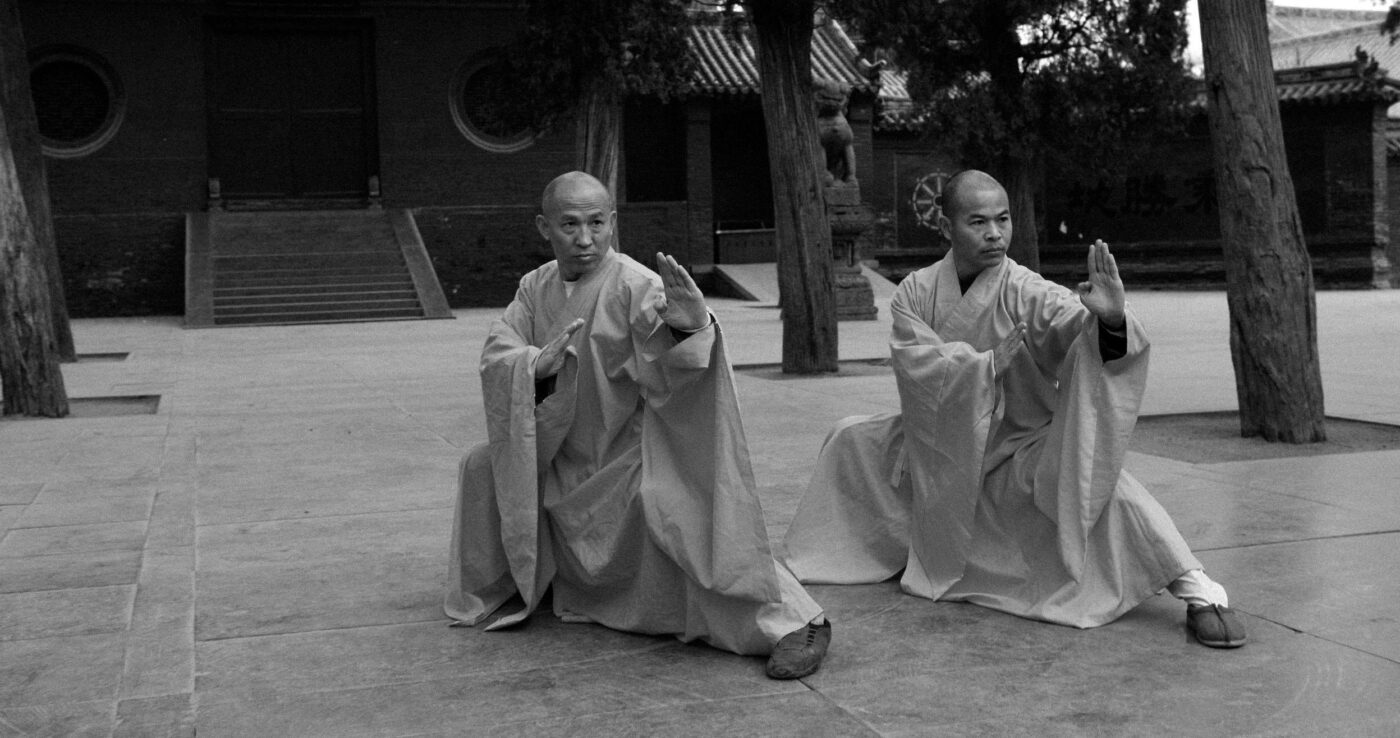
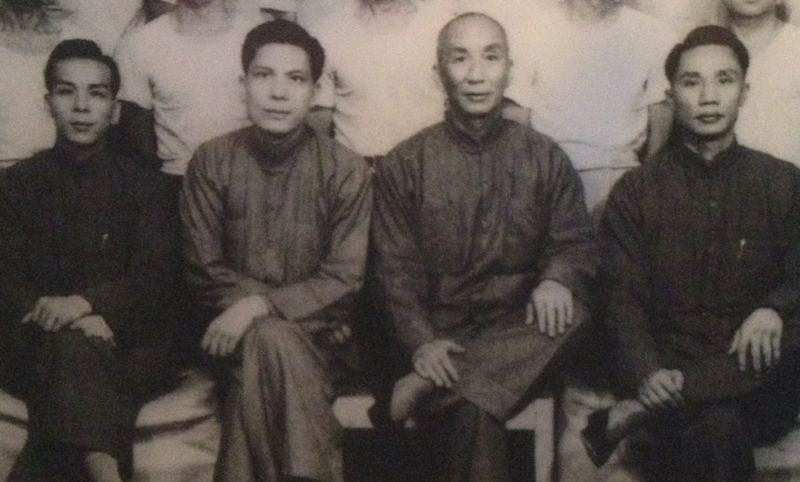
Most Shaolin Kung Fu styles take 15-20 years before a practitioner could use them in battle. Furthermore, it took even longer to become a “Master” of the style. Ng Miu directly witnessed the destruction of the Shaolin Temples. Subsequently, she decided to create a system that could be mastered in a third of the time. She made wing chun to be learned in 3 to 4+ years instead of 15-20.
This training was fast, quick and intense and Shaolin Monks would train 8-12 hours a day. In 3-4 years of this kind of training they could master this new system. Revolutionaries began hiding within the Shaolin Temples. Rather, it was the only current refuge where the Ching Dynasty couldn’t find them. Consequently, as the Revolutionaries began to kill and assassinate Ching officials, they would sign the death warrant of the Shaolin Temples.
Wing Chun strikes along the centerline vitals with simultaneous succession of offensive and defensive trapping and attacks. A wing chun practitioner is taught to be strong, firm, flexible, rooted and to deflect or redirect external forces with minimal effort and maximum countering results.
Wing Chun uses intense and specific mind and body mechanic training and awareness which is derived through muscular, tendon and articular reaction drills. With extremely fast and powerful footwork, fist and full body striking movements, Wing Chun is used to end a life-threatening encounter quickly while minimizing damage to its practitioner.
A Wing Chun practitioner is taught to redirect incoming aggressive adversaries and use a multitude of strikes at the inherent weaknesses in the human body. Its originator, the Buddhist nun Ng Mui, was a master of many Shaolin Kung Fu Styles and used this knowledge to take advantage of the weaknesses inherent in all other combat systems. This new system was well-guarded by the Shaolin Temple, Ching assassins, and passed on to only a few, very dedicated individuals towards the cause of freedom.
After the destruction of the Sil Lum Shaolin Temple, our story begin’s with a Master Nun (woman) and developer of the Wing Chun Kung Fu system and the founder of our modern martial art. Our direct lineage from the founder of the Wing Chun Kung Fu System was none other than Ng Mui. She passed it on to a young and beautiful girl, Yim Wing Chun, who was a native of Canton in the Province of Kwangtung, China.
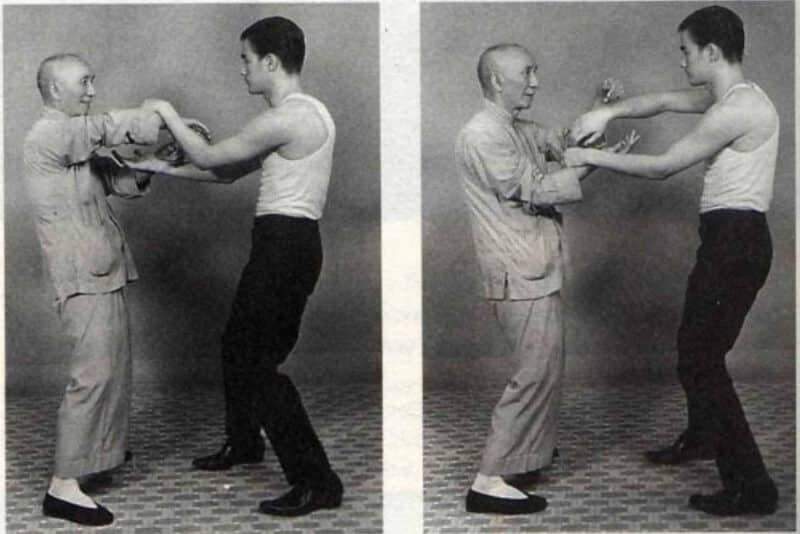
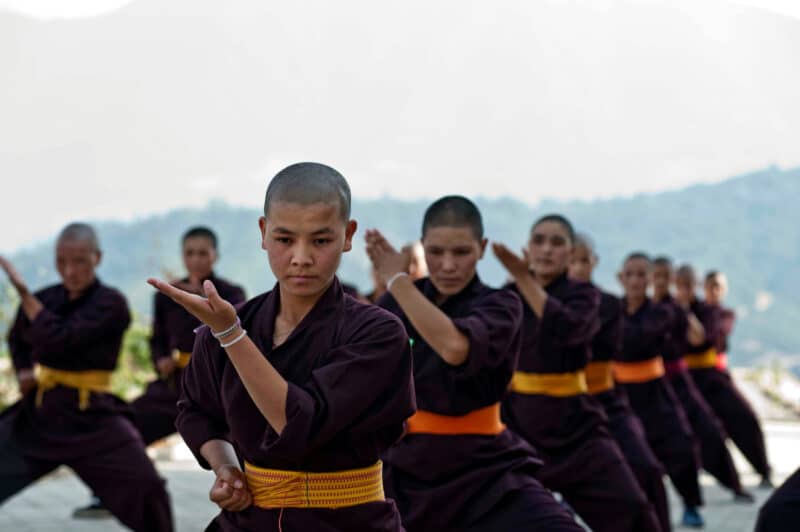
Yim Wing Chun was an intelligent and athletic young girl, upstanding and forthright. Her mother died soon after her betrothal to Leung Bok Chau. Later he became Yim Wing Chun’s husband), and additionally a salt merchant of Fukien. Her father, Yim Yee, was wrongfully accused of a crime. Rather than risk jail, they slipped away and finally settled down at the foot of Tai Leung Mountain. This was near the border between Yunan and Szechuan provinces.
There they earned a living by running a shop that sold bean curd. Ng Mui took refuge in the White Crane Temple on Mt. Tai Leung [also known as Mt. Chai Har]. It was there she met Yim Yee and his daughter Wing Chun. At fifteen, with her hair bound up in the custom of those days to show she was of an age to marry, Wing Chun’s beauty attracted the attention of a local Warlord.
He tried to force Wing Chun to marry him, and his continuous threats became a source of worry to her and her father. The Warlord threatened to kill Yim Wing Chun if she did not marry him. Ng Mui learned of this and took pity on Wing Chun.
But this pity was twofold; Ng Mui was being hunted down by the Ching Dynasty who had succeeded in destroying the Shaolin Temples and killing many of their monks. The Sil Lum Temple had only, according to history, about 8 survivors out of a short few hundred. The Ching Dynasty was looking for a Master Nun named Ng Mui and if they caught her, they would kill her. If she was captured, she would lose any chance of passing down this new system of Shaolin refined Kung Fu that may turn the tide of the Revolutionary war against the Ching.
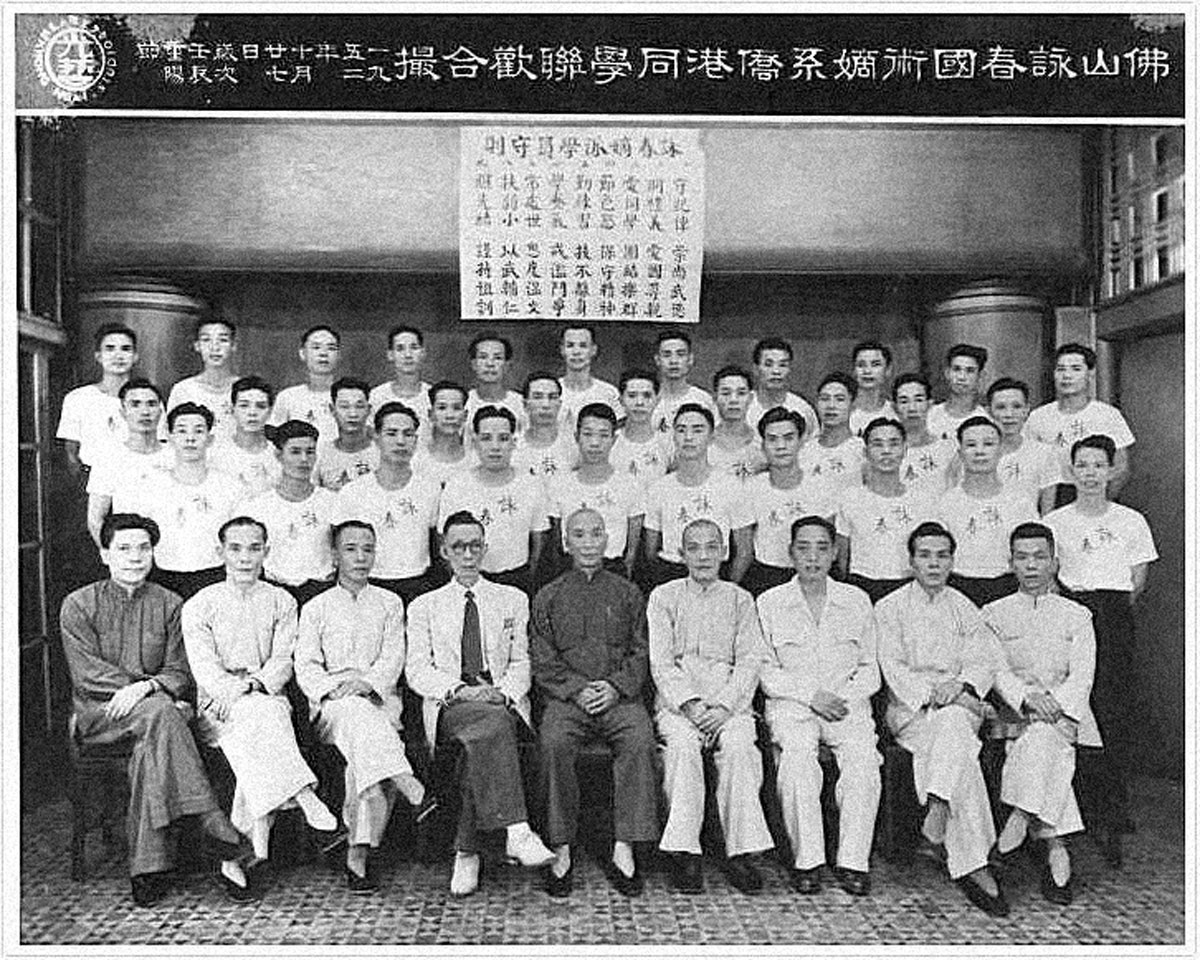
Ng Mui decided that she would teach the daughter of the bean curd salesman because the Ching would never think to look there. The Ching would never suspect that Yim Wing Chun, a bean curd salesman’s daughter, was now a Master of the sought after, new and extremely powerful Wing Chun system and lead teacher of the revolution’s first point of training.
Yim Wing Chun was told that she would be taught a new Shaolin Fighting style known as Wing Chun but she would have to agree to keep the rebellion going. Yim Wing Chun agreed. No Manchu (Manchurian Government also known as Ching Dynasty) looking for a Secret Combat art from a Shaolin Kung Fu Master would ever know. Ng Mui agreed to teach the Wing Chun fighting techniques so Yim Yee could protect herself. Wing Chun followed Ng Mui into the mountains, and began teaching her Shaolin Kung Fu.
She trained privately one on one everyday; night and day, until she mastered the techniques, during this time Yim Yee Wing Chun was still fighting off the advances of the Warlord.
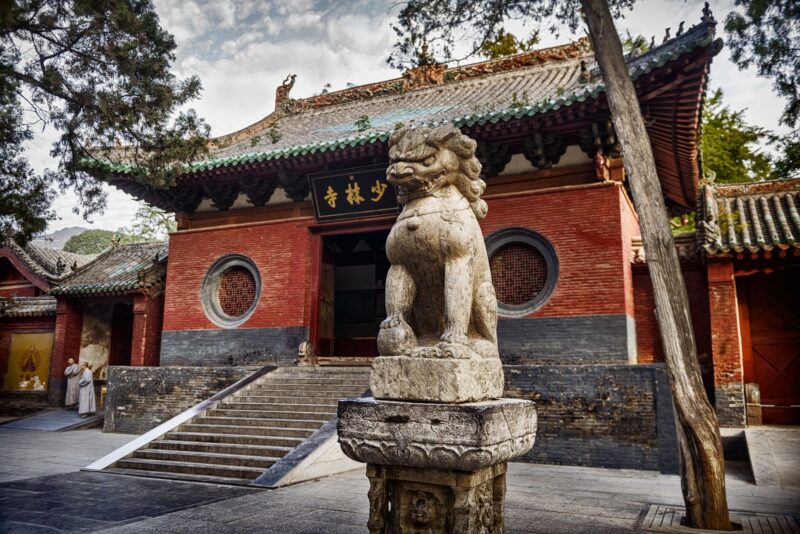
It was during the end of this year that [Yim Yee’s] father, under the direction of Ng Miu and Yim Yee Wing Chun, told the Warlord that if he could not beat his daughter in martial combat that he may have her hand in marriage but she would never respect him. The Warlord laughed and told the father that he would be happy to beat his new wife in front of the entire town. Yim Yee Wing Chun faced off against the bully Warlord in front of the entire town, this young, bright, intelligent woman beat the Warlord down in front of everyone.
Ng Mui later traveled around the country, but before she left she told Yim Yee Wing Chun to strictly honor the Shaolin Kung Fu traditions, to develop her Wing Chun Kung Fu after her marriage to the love of her life, and to help the revolutionaries working to overthrow the Manchu government and restore the Ming Dynasty.
Chi Shin taught the Six-and-a-half-point Long Pole techniques to Leung Yee Tei. Wong Wah Bo was close to Leung Yee Tei, and they shared what they knew about Kung Fu. Together they shared and improved their techniques, and thus the Six-and-a-half-point Long Pole was incorporated into Wing Chun Kung Fu. Leung Yee Tei passed his Kung Fu on to Leung Jan, a well known herbal Doctor in Fat Shan.
Leung Jan grasped the innermost secrets of Wing Chun Kung Fu, attaining the highest level of proficiency. Many Kung Fu masters came to challenge him, but all were defeated. Leung Jan became very famous as a wing chun practitioner throughout the formation of wing chun and wing chun kung fu history.
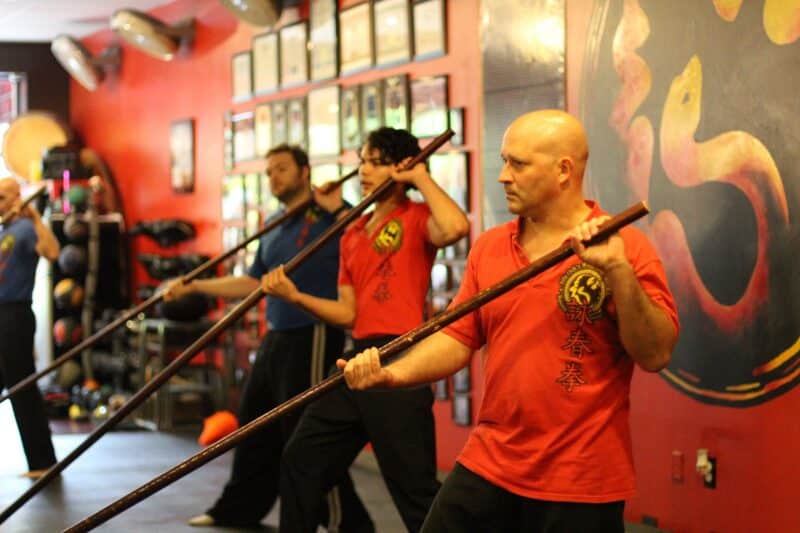
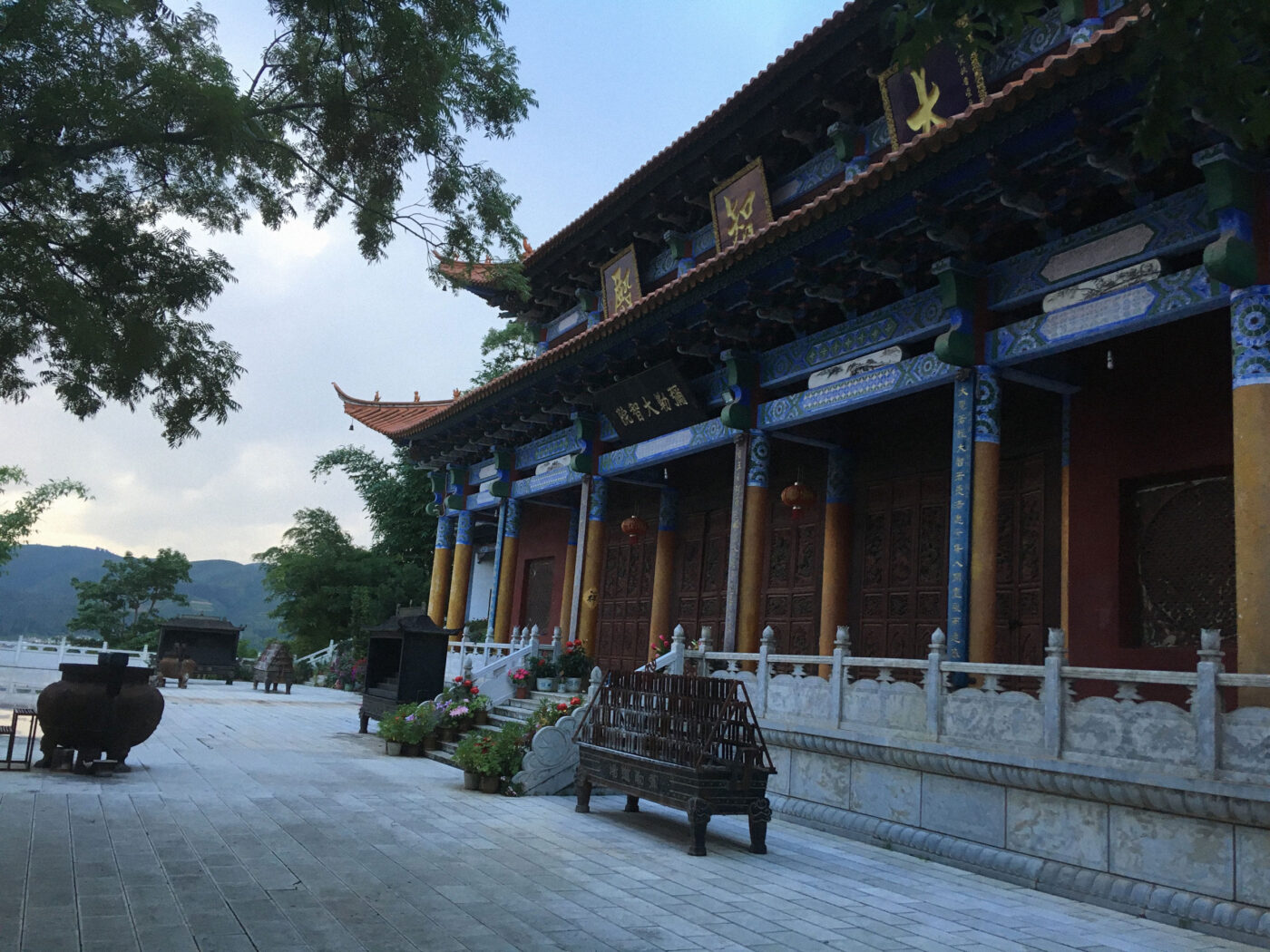
Later he passed his Kung Fu on to Chan Wah Shan, who took me and my elder Kung Fu brothers, such as Ng Siu Lo, Ng Chung So, Chan Yu Min and Lui Yu Jai, as his students many decades ago. It can thus be said that the Wing Chun System was passed on to us in a direct line of succession from its origin.
The Sil Lum Temple destruction involves a Shaolin temple noted for its religious and military arts scholars. However, many Ming dynasty generals and prominent Chinese families sent family members to study at the Sil Lum Temple. Ming generals and high officials often sought the rigorous military arts training for their sons from the warrior monks of this Shaolin Temple. However, in the 17th century, political turmoil swept through China. Ming political power and economic might began to wane through decades of border warfare.
The most costly was the protracted war in Korea against invading Japanese armies. The once-close Ming ally, the Ching, grew stronger and bolder, gaining political control of the northern Chinese provinces in the early 1600’s. Subsequently, by the year 1644, the new Ching government controlled all major territories held by the former Ming Emperor.
The fleeing government and military survivors of the now vanquished Ming Dynasty faded into the Chinese communities throughout China. Further, the warrior monks (Ming supporters) of Sil Lum temple in Hunan province relocated to the southern Sil Lum Temple in Fukien province. Read More about the Sil Lum temple destruction.
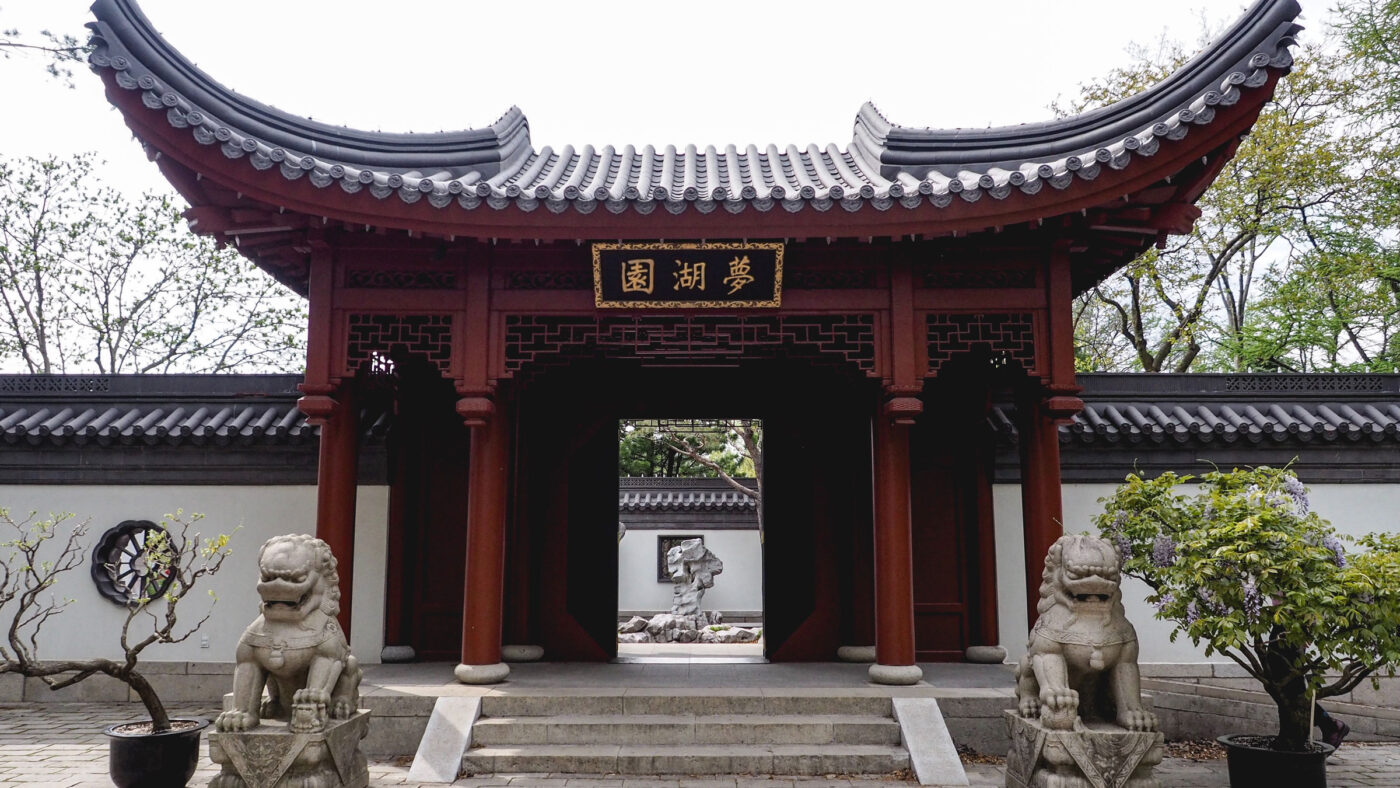
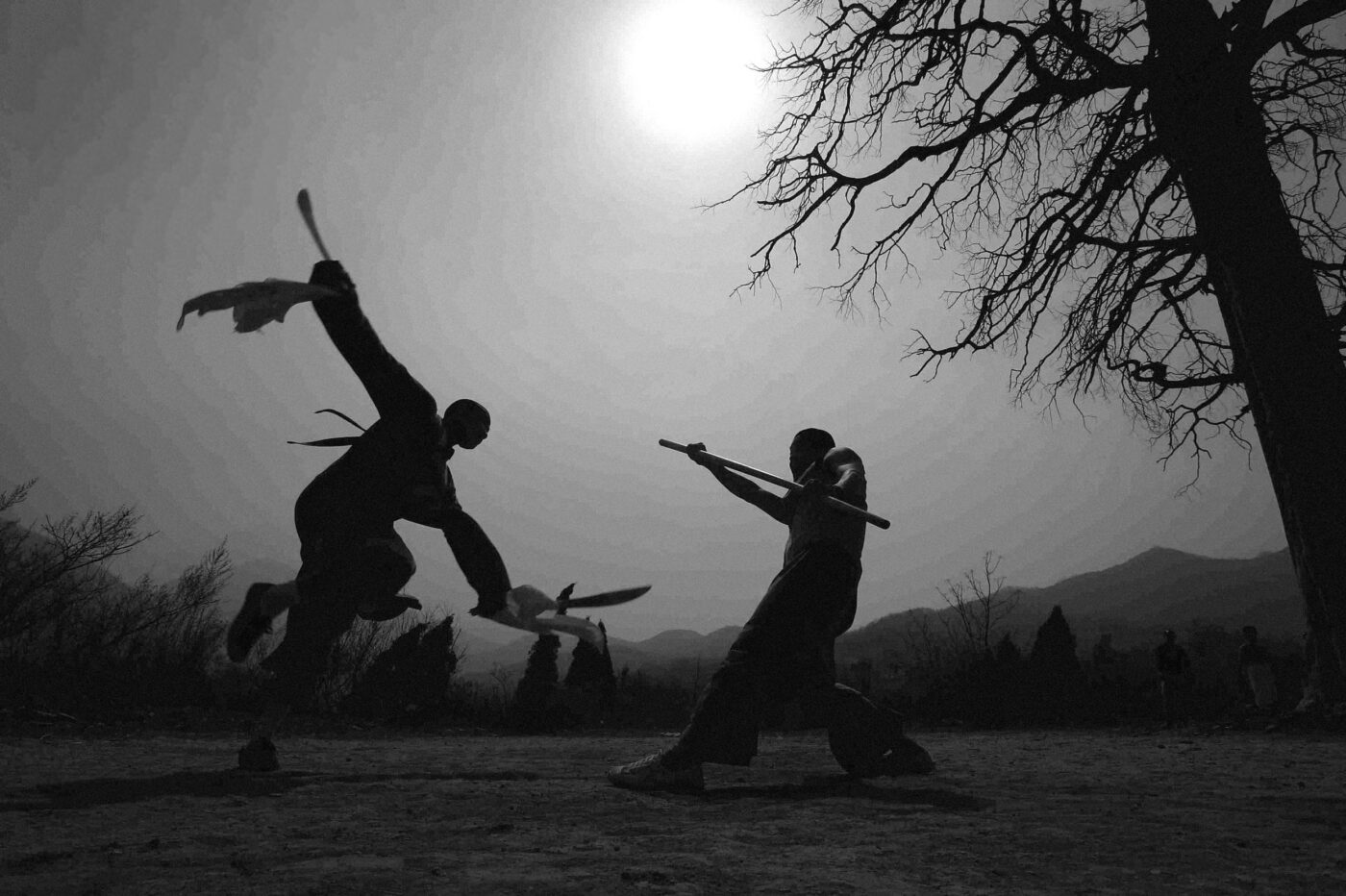
There is a rich history of Chinese assassins and espionage, and this has a lot to do with what modern Wing Chun has evolved into today. Within wing chun kung fu history legend says that during the Qing Dynasty, Yim Wing Chun kept her promise and, after her marriage, Yim Wing Chun taught her husband Leung Bok Chau who in turn taught the second generation practitioners of Wing Chun Kuen. From intense research we have found clues that these students worked as a Red Boat Opera Troupe by day and anti-Qing revolutionaries by night.
Furthermore, their identities as Chinese opera performers provided a cover for martial arts training. The flashy moves of opera style martial arts, however, were not suited to the activities of espionage and assassination, which required extremely specialized skills. Read more about the history of Chinese assassins and espionage.
Throughout history, the art was passed down to those who needed it. It was for realistic fighting and self defense. They passed these techniques on to Leung Lan Kwai who then passed them on to Wong Wah Bo. Wong Wah Bo was a member of an opera troupe onboard the Red Junk and worked with Leung Yee Tei. It so happened that Abbot Chi Shin, who fled from Siu Lam, had disguised himself as a cook working on the Red Junk. Many of the opera members had training in Siu Lam fist and pole techniques, acrobatics, and various two-man sets.
The traditional ten to fifteen-year Sil Lum Kung Fu curriculum had to be divided. It was divided into two to three year teaching systems. This was In order to teach the large numbers of Ming loyalists. Each two to three year portion was a complete section of a fighting system. Additionally, it was usually formed around two animal forms and one weapon.
This allowed the Ming followers to specialize in certain areas of kung fu that fit various body types and levels of aggressiveness at a quicker pace. Wing Chun Kung Fu was developed to to overthrow a Dynasty and return freedom and prosperity to the Chinese people.
The phrase of the time was Fan Qing Fu Ming (Fan Ching Fuk Ming). This meant “Overthrow the Qing and restore the Ming.” The Qing (Ching) were an extremely oppressive Dynasty. Furthermore, they outlawed Kung Fu and weapon practice amongst the Chinese. Subsequently, the Qing (Ching) also killed many Kung Fu Master’s to destroy any chance of them passing the system down and empowering any single individual. Read more about how was Wing Chun created and the five elders of Sil Lum temple.

Fill out the form below, and our team will get in touch within 24 business hours. We look forward to seeing you soon!